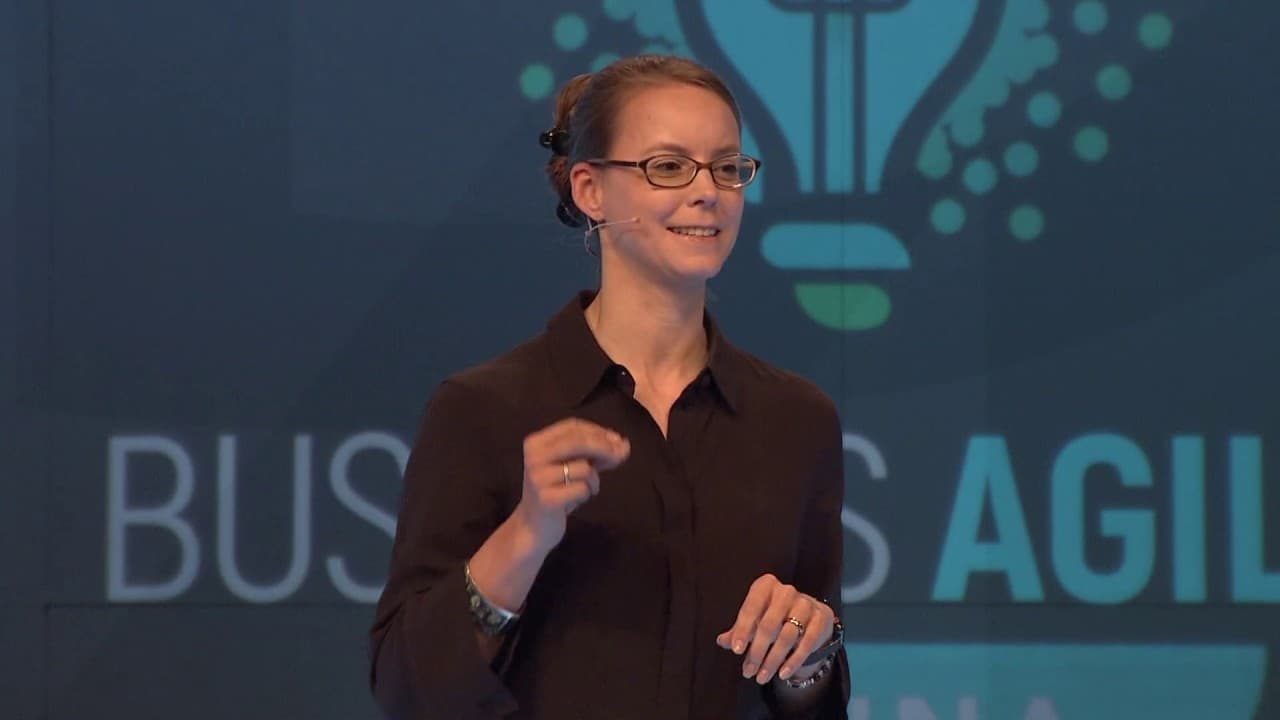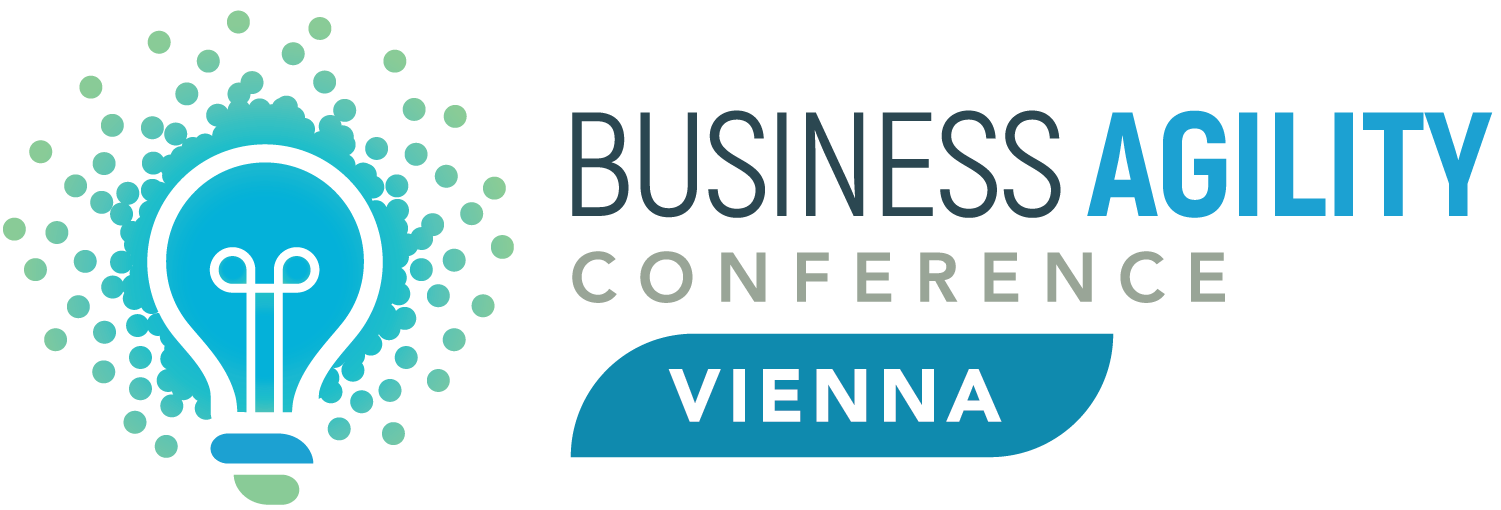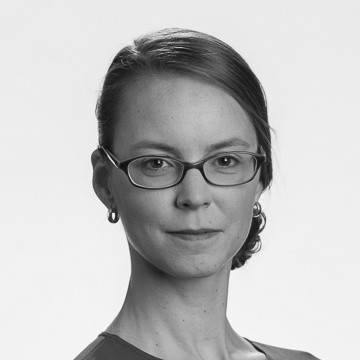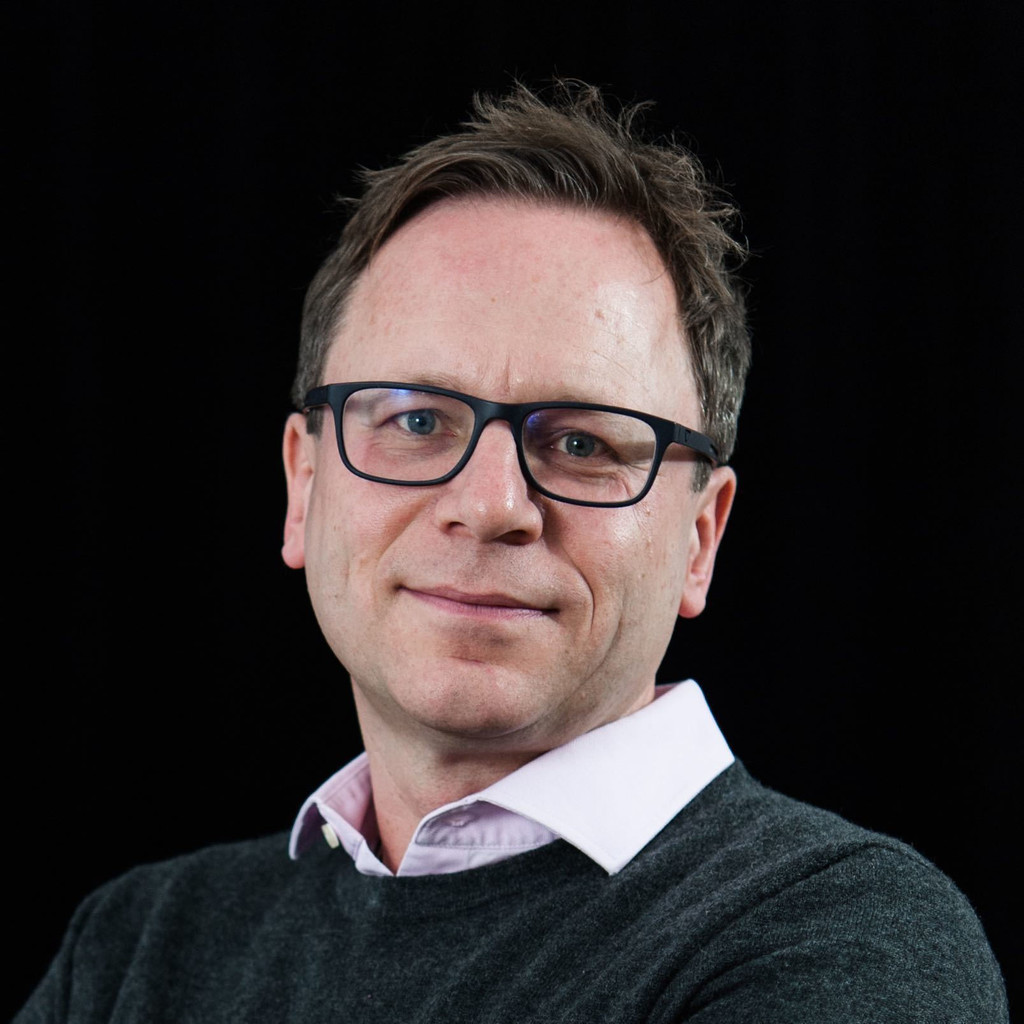Before Ralf and I introduce ourselves, let me tell you what to expect in the next twenty minutes. We will share insights into a transformation journey that started one and a half years ago at Deutsche Telekom. Our story might be a little different from most of the stories you've heard so far for two reasons.
First, our journey is not over yet—we are still in the middle of the transformation process, but we can already share valuable insights. Second, we are not talking about a digital-native or spinoff company. We are talking about a large, German, bureaucracy-driven, legacy-based, publicly listed company that strives to turn engineers into intrapreneurs.
Introduction
My name is Christine. I'm a Scaled Agile Coach and Managing Director at Accenture. I first engaged in agile ways of working six years ago when a digital transformation project I was responsible for failed terribly. Since then, I’ve had the opportunity to work on and coach several transformation projects across industries. I must say, I love this project with Deutsche Telekom because of the great collaboration with the leadership team and their dedication and passion for this transformation process. And nobody else but Ralf would have put me into a tiger costume during carnival time in Cologne to make him participate in our "Clarity on Purpose" workshops. That was quite an experience—my first Managing Director moment in a tiger costume!
I’m Ralf, and I’ve been working with Deutsche Telekom for the last 15 years. I spent most of that time in management positions until 2017, when I got the opportunity to leave traditional line management behind and fully commit to the ramp-up of the very first digital factory at Telekom Deutschland. What we’re sharing today is the story of the last one and a half years.
Starting Point
Before we dive into our journey, let’s look at the starting point. I’m part of the B2B division at Deutsche Telekom—a six-billion-revenue business with a continued growth story. In the German market, we are clearly positioned as number one. From the outside, we have a strong position, but internally, our core market is shrinking. The only viable growth opportunity is in IT and cloud services. However, that space is dominated by players with much faster product cycles than we were used to.
We needed to prove that we could deliver faster and generate value at the same time. That was our mission when we embarked on this transformation journey.
Challenges
To understand the magnitude of the challenge, consider these key issues:
- Company Silos: The business and IT divisions were completely separate, limiting collaboration to just a few people. This was not a good starting point for an agile transformation.
- Traditional Execution Culture: We had a brilliant, engineering-based, execution-driven culture—great in many ways but not ideal for agile transformation.
- Slow IT Deployment Cycles: Planning and deploying IT changes required at least one and a half years of advance notice, making it extremely difficult to speed up.
While we had some significant strengths, we also faced major external and internal challenges.
Embarking on the Transformation
My journey with Deutsche Telekom began at the end of 2017 when the company approached us, stating that they wanted to completely change their way of working to achieve their ambitious growth targets. To give them a better understanding of what this transformation would feel like, we conducted a one-day workshop simulating the new ways of working across the end-to-end innovation process. From this, we identified three key success factors:
- A mixed top management team of business and IT leaders who would take ownership of the transformation and actively engage in the journey.
- Fostering an intrapreneurial mindset through specific measures, such as introducing two-and-a-half-day hyper sprints to encourage rapid prototyping and small, iterative steps.
- Proving that we could “hack” the legacy system to build trust in this ambitious yet achievable goal.
Engaging Leadership
One of our first challenges was engaging management in the transformation. Traditionally, a transformation would involve project charters, milestone planning, and securing budget approval. However, we wanted true involvement, not just approval.
Instead of presenting a project plan, we printed our own currency—small banknotes that symbolized our budget—and distributed it among management. We then asked them to allocate their budget to the topics they personally saw as most valuable. We initially feared that each leader would fund only their own topics, but the opposite happened. The discussions that followed led to a shared understanding of the organization’s priorities. This approach proved so successful that we now repeat it once a year, with quarterly adjustments.
Shifting Mindsets
To instill an intrapreneurial mindset, we needed employees to feel empowered in the transformation process. One major step was hosting Big Room Planning events where teams could actively shape the transformation’s pace and direction.
Ralf, I still remember your words after our first Program Increment Planning session. You said:
"I've been involved in so many transformations at Deutsche Telekom, and I always wondered—what will be different this time? But after these two days of joint planning, I truly feel something is different. This feels like a transformation driven by employees, for employees."
From Output to Outcome
In the first six months of our agile transition, the focus was on output—introducing new roles, rituals, and IT tools. However, agile software development alone doesn’t create business value; business value comes when customers actually use the functionality. We needed to shift our focus from output to outcome.
To do this, we introduced Objectives and Key Results (OKRs) for all teams. This wasn’t to replace existing agile metrics but to complement them, helping us maintain a focus on achieving meaningful outcomes rather than just delivering features.
Customer Collaboration
Strengthening co-creation with customers was another major milestone. I still remember our first visit with a large bakery chain to get feedback on our self-service features. I was worried about a tough interview, but instead, I was greeted warmly:
"Wow, this is the first time we’ve ever been asked for our feedback!"
That was the beginning of a sustainable partnership.
Proving It Works
To make the transformation real, we had to prove that we could outperform our legacy system. Our first Minimum Viable Product (MVP) was estimated to take 30 days, with 18 days allocated just for the data model. With the help of our experts, we completed the data model in half a day. This was a major tipping point—employees started asking, "How can we outperform the system?"
One of our biggest wins was replacing the CRM system. Traditionally, CRM rollouts are large-scale, project-based nightmares. Instead, we took a product-based approach—starting small, testing assumptions, gathering feedback, and scaling gradually. Within five months, we had our first trial up and running, and after ten months, a nationwide rollout.
Achievements and Learnings
After one and a half years, we’ve learned a lot. Here are three major achievements:
- Reduced time to market: While not all products are lightning-fast, we’ve cut average time to market down to six months.
- Financial success: Unlike many transformations that remain costly for years, our transformation is already cash-flow positive.
- Role model for Telekom Germany: Although we started as a small digital factory, our approach is now the template for agile transformation across the organization.
What’s Next?
We still have challenges ahead—cultural change, balancing autonomy with alignment, and making teams comfortable with transparency and measurement. The journey never truly ends.
However, we have already proven that this transformation is the right approach to achieving business agility at Deutsche Telekom. We are proud of what we’ve accomplished so far.
We’ve spent the last 18 months learning from other companies, and we invite you to do the same. If you have valuable agile transformation experiences, let’s share them. And if our journey resonates with you, we’re happy to share more insights.
For those still waiting to embark on this journey—hopefully, we’ve convinced you that it’s definitely worth the energy. Thanks for listening!




 Deutsche Telekom - Business Agility Entrepreneurs: The story of how a business unit pioneered Business Agility for a traditional German incumbent that has not yet made the transition.
Deutsche Telekom - Business Agility Entrepreneurs: The story of how a business unit pioneered Business Agility for a traditional German incumbent that has not yet made the transition.
